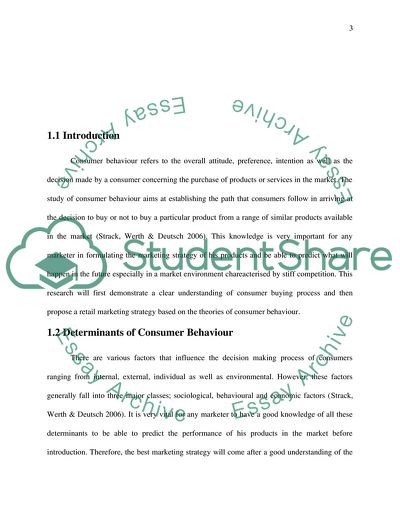Cite this document
(“Consumer Behaviour and Retail Marketing Strategy Essay”, n.d.)
Consumer Behaviour and Retail Marketing Strategy Essay. Retrieved from https://studentshare.org/marketing/1669608-consumer-behaviour-and-retail-marketing-strategy
Consumer Behaviour and Retail Marketing Strategy Essay. Retrieved from https://studentshare.org/marketing/1669608-consumer-behaviour-and-retail-marketing-strategy
(Consumer Behaviour and Retail Marketing Strategy Essay)
Consumer Behaviour and Retail Marketing Strategy Essay. https://studentshare.org/marketing/1669608-consumer-behaviour-and-retail-marketing-strategy.
Consumer Behaviour and Retail Marketing Strategy Essay. https://studentshare.org/marketing/1669608-consumer-behaviour-and-retail-marketing-strategy.
“Consumer Behaviour and Retail Marketing Strategy Essay”, n.d. https://studentshare.org/marketing/1669608-consumer-behaviour-and-retail-marketing-strategy.


